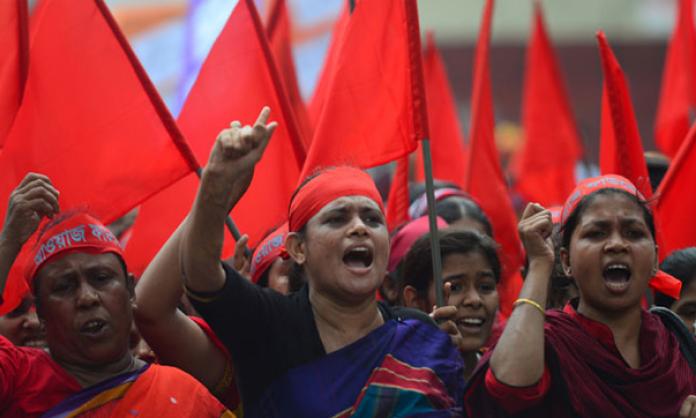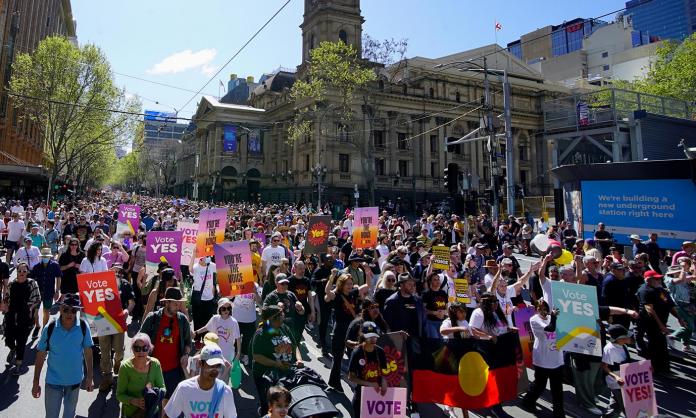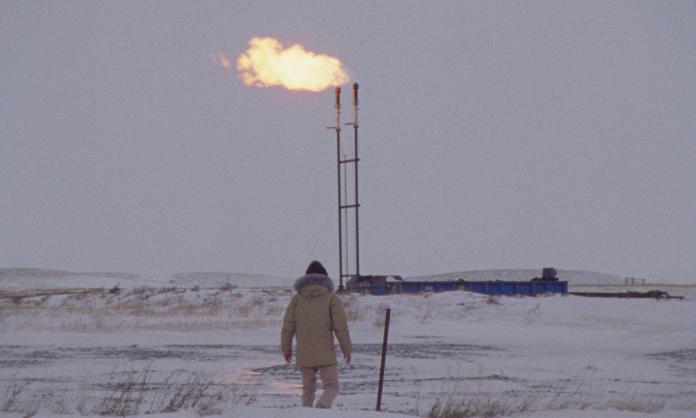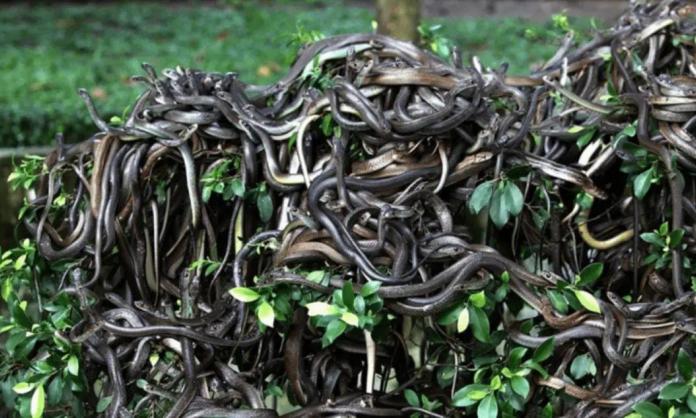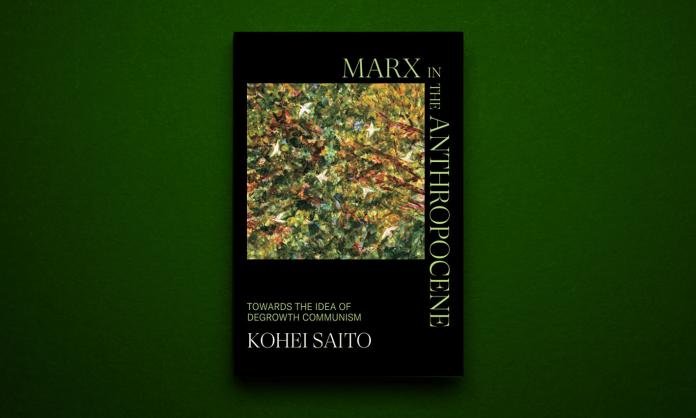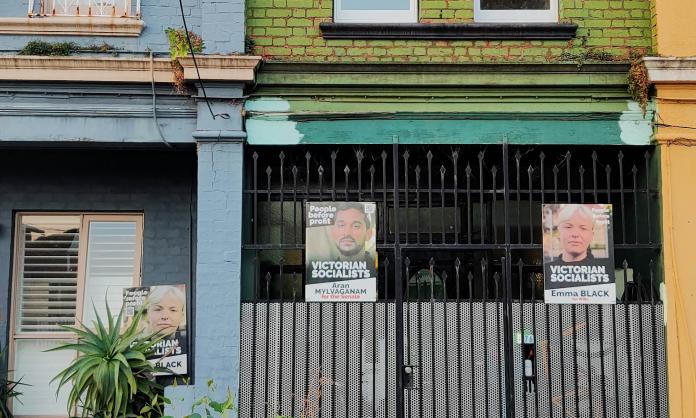Capitalism exploits workers for profit. That is the core of the system. But the struggle against capitalism is also a fight against all forms of oppression. Workers don’t live in a world only of pay and workplace conditions. They live in a world of state violence, racism, sexual oppression, wars and environmental destruction. When workers exercise their power at work – perhaps beginning with those basic questions of economic survival – they can learn to use that power for issues that affect everyone. In radical times, the readiness with which the working class shows solidarity and sacrifice is astounding to those who buy the line that workers are narrow minded, apolitical, naturally prejudiced or selfish.
Working class history in Australia is filled with examples of workers using their economic power to advance the cause of social justice and equality. In the few examples that follow, most involved worker activists from the Communist Party or the militant ALP left of the 1970s. They were socialists who, whatever their political shortcomings, hated the system and knew that workers had the power to change the world.
**********
Dalfram dispute. It’s September 1937. With the Great Depression fresh in the memories of the working class, business is booming for Australia’s wool and iron exporters. The Japanese empire has just invaded China. The occupation will lead to the slaughter of 20 million Chinese civilians, but Australian capitalists are making too much money to care.
Around the Australian coast, waterside workers are refusing to move goods – especially scrap iron – bound for Japan. Some of those who refuse are sacked on the spot, but all remain steadfast. “Threats of retaliation must not deter [us] from exhibiting our deep-rooted opposition to the wholesale slaughter of defenceless civilian populations”, is the call from Victorian Trades Hall Council.
The peak of the solidarity movement occurs at Port Kembla in 1938. The bosses shut down the dock until workers agree to load 300,000 tons of pig iron onto the Dalfram, which is to sail to Japan. For two months, wharfies don’t touch a damn thing and sacrifice any chance of getting paid. Christmas in Wollongong is spent hunting rabbits and whatever else families can get to feed themselves. The multiracial crew of the Dalfram back the strike, and the government declares an Arab sailor insane, committing him to an institution.
The New York Times reports that, in Japan, iron is harder to obtain than gold: “It is hard now to buy a frying pan; a month from now it will be impossible”. Messages of gratitude pour in from Chinese unions, and Chinese crew in Australia collect money for the strikers, wishing to “shout drinks”. When industry minister Robert Menzies comes to Wollongong, watersiders, miners, steel workers, women and children form a miles-long guard of dishonour for “Pig Iron Bob”, a nickname that haunts Menzies during his 18 years as prime minister.
All this happened because workers stuck to a single demand: no war on the Chinese. With just 8 percent of the planned cargo, the Dalfram was the last Australian ship ever to feed the Japanese war effort.
Indonesian independence. Just a few years later, a similarly magnificent scene played out again. With the end of the Second World War in 1945, Indonesia declared independence. But the Dutch were determined to take back control of their former colony by any means. A call to boycott Dutch ships headed to Indonesia was spearheaded by Indonesians, thousands of whom had been sent to prison camps in Australia.
Waterside workers took up the ban with gusto. Militants in the clerks’ union fed information to the wharfies, notifying them which ships were aiding Dutch repression of the archipelago. When airplane mechanics heard that Indonesian prisoners had been bashed, they walked off the job in protest. Bus and tugboat drivers refused to transport scabs anywhere near these ships, which had been brought ashore by militant crews.
For nine months, workers prevented hundreds of ships, aircraft and submarines from doing colonialism’s dirty work. Indonesian independence was won through the struggle of the Indonesians, but international workers’ solidarity meant the Dutch didn’t stand a chance.
Anti-apartheid. South African apartheid was a filthy business. Militant, class-conscious workers around the world wanted nothing to do with it. Once again, South African ships were banned on Australian docks. When the all-white Springbok rugby union team toured Australia in 1971, industrial action played a key role in wrecking the games. Even the Australian Council of Trade Unions, much more conservative than the militant unions under its leadership, called on workers to “take whatever action is necessary as an act of conscience to obstruct the tour”.
Qantas pilots and staff refused to fly the Springbok team around the country; the government was forced to use the military to transport them. Workers in the hospitality industry refused to serve the team at hotels and bars. Bob Pringle from the Builders Labourers’ Federation – maybe the best union Australia has ever seen – cut down the goal posts before the Sydney game. The tour was cancelled.
Aboriginal rights. Still throughout the 20th century, Aboriginal people were held in slave-like conditions by pastoralists and graziers. In 1966, Aboriginal pastoral workers launched the longest strike in Australian history: they stayed out for nine years. It began with a sit-down at Wave Hill cattle station in the Northern Territory, but the Gurindji strike involved communities spread over land the size of Belgium, all owned by the notorious Lord Vestey from Britain. The initial demand was wages instead of rations, but as the strike dragged on, the workers were forced to survive on their traditional land. They built their own houses, classrooms, stockyards – their own community. The demands developed as the struggle deepened: first wages, then taking back ownership of the land that had always been theirs.
Dexter Daniels was an Aboriginal organiser with the North Australian Workers’ Union. He connected the heroic pastoral workers with the working class in the rest of the country. Unions paid for the leaders of the strike to tour and speak to workers about their struggle. On the other side of the planet, Tanya McConvell was working at a London pub that served meat workers also employed by Lord Vestey. They held a one-day solidarity strike and donated a day’s wages to send to the Gurindji. McConvell, who later moved to Australia and spent several years at the strike camp, recalled in a piece for Red Flag how easily it came to the workers in the pub to take that stand: “12,000 miles? Nothing! Different language? Nothing! Different colour? Nothing! ... They’re hurting Vestey! Let’s give them a hand!”
While Aboriginal people on the stations were treated like slaves, those in urban centres still faced apartheid-style discrimination. The Aboriginal Advancement League took aim at the south coast of NSW, and workers – Black and white – used their industrial power to tear up segregation. Aboriginal people were banned from Wollongong pubs, but unionists such as Fred Moore threatened to cut the beer supply. “We just wouldn’t deliver any more kegs, that was it”, he recounted in volume two of A history of Aboriginal Illawarra. The threat was replicated in Nowra, with the same brilliant result: “If anyone refused to serve an Aboriginal person again, we would ban all deliveries of food to their business”. By 1964, racial segregation by Nowra’s businesses had ended.
Anti-uranium. The Whitlam government opened Australia to uranium mining in 1974. Activists knew the fight to stop it could win only if workers refused to touch the stuff. Power workers banned work in nuclear power and were soon joined by unions such as the metalworkers, seafarers, and railway workers. In 1976, the actions of a single railway worker launched a nationwide strike on the railways, the first anti-uranium strike in the world. In Townsville, Jim Assenbruck refused to load material bound for the Mary Kathleen mine in north-west Queensland. When he was sacked, trains around the country ground to a halt. When bosses tried to have uranium shipped out through Sydney port, protesters swarmed the docks and successfully appealed to the workers to ban any work. The same situation in Melbourne led to a 24-hour strike, and no uranium ever again passed across Melbourne’s docks. In 1981, ships in Darwin carrying uranium were stranded for six weeks, with Malcolm Fraser’s federal Liberal government contemplating the use of military troops to force the ore through.
Equal Pay. The oppression of women infects every aspect of life. Throughout modern history, equal pay at work has been a central demand. Unequal pay denies women economic independence, and therefore denies us full agency to exist on an equal footing with men in personal relationships and in child rearing, and restricts reproductive choices.
In 1962, workers at a Melbourne gas plant went on strike when the company tried to replace male workers with women earning 75 percent of the male rate. At first, some men argued that women should be excluded to prevent job losses. But at a mass meeting of engineering workers, the argument that women had the right to work every bit as much as men, and equal pay would unite workers where the bosses tried to divide them, won the day. The strike of 1,000 engulfed the company, drawing in metal workers, packers, railway workers and the mostly women workers in the canteen. The canteen’s shop steward, quoted in Zelda D’Aprano’s book Kath Williams: The unions and the fight for equal pay, explained the feeling of unity: “Up until now most women were under the impression that they had to fight a lone battle in industry. This strike had definitely proved otherwise”.
The 1960s and 1970s are filled with examples of workers – male and female – striking for equal pay. Everyone from furniture makers, boilermakers, metal workers, textile workers, construction workers, meat workers and office clerks took up the demand for women’s equality. By the time equal pay was finally enshrined in law in 1974, militant unions had won it through industrial action.
Still today, the gender pay gap is 14 percent, according to the Australian Bureau of Statistics. The last major win was a campaign by Social and Community Services workers, thousands of whom marched around the country in 2009-12. Against the wishes of Julia Gillard’s federal Labor government, the majority female workforce won pay rises of between 23 and 45 percent over nine years.
**********
Australia’s union movement has been in decline since the 1980s, when union bureaucrats and politicians forced workers to accept the no-strike rules of Bob Hawke’s Labor government, in exchange for automatic annual pay rises. The pay rises stopped, but the strikes never restarted. Since then, the electoral strategy of voting Labor to fix our problems has been a disaster for economic and social justice. The longer unions stick with this failed strategy, the more distant become the memories of these important struggles.
But even at this historic low point of the workers’ movement, glimmers of hope shine through. Take the 2015 strike by teachers at Yeronga State High School in Brisbane, when one of their students, Iranian asylum seeker Mojgan Shamsalipoor, who was just months away from graduation, was taken by the federal government and placed in immigration detention. Or the health workers at Lady Cilento Children’s Hospital, again in Brisbane, who for a week refused to hand over a baby the government was planning to deport. Or the courage of Chemist Warehouse workers in Melbourne, who this year struck to end the scourge of sexual harassment by managers. And if we look outside Australia, we see many more examples.
Argentinian workers occupied a factory in 2014, raising the demand for their transgender colleague to use the female bathroom. In 2016, women workers in Poland walked out to fight for abortion rights. Five million people protested and walked out of work in Spain on International Women’s Day last year. And workers last month walked out around the world to save the climate from capitalist catastrophe.
Strikes aren’t our only weapon. We need street protests and many forms of political action against every crime committed by the rich and powerful. But if we don’t shut down the flow of profits, capitalists can weather the storm. Activists need to know the history of the workers’ movement to understand the incredible potential power of the organised working class. We must rebuild a militant, political, anti-capitalist working class movement to win a world worth living in.




